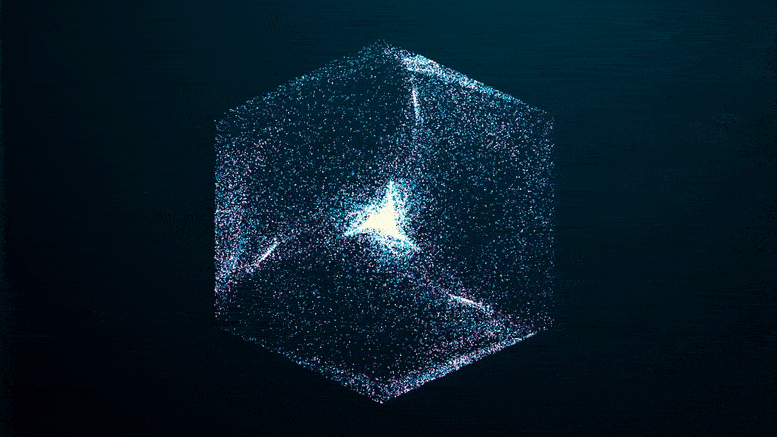The James Webb Space Telescope reveals the Ring Nebula like never before

Out in space, the stars remind us that not even our sun will live forever.

This clip shows the different regions of the Sun’s surface and interior, including the Sun’s core, which is the only site where nuclear fusion takes place. With the passage of time and the consumption of hydrogen, the helium-containing region in the core of the Sun expands and the maximum temperature rises, resulting in an increase in the Sun’s energy output. When both hydrogen and helium are depleted within the core region rich in nuclear fusion, the star will die.
Eventually, all stars exhaust their nuclear fuel, and run out of fusible material.

The Egg Nebula, as imaged by Hubble here, is a preplanetary nebula, as its outer layers have not yet been heated to sufficient temperatures by the shrinking central star. Many of the giant stars visible today will evolve into a nebula like this one before completely shedding their outer layers and dying in a white dwarf/planetary nebula mixture.
For sun-like stars, they will grow into red giants, and then die gently.

When the central star in a dying star system is heated to temperatures of about 30,000 K, it becomes hot enough to ionize the previously ejected material, creating a true planetary nebula in the case of the Sun-like star. Here, NGC 7027 recently crossed this threshold, and is still expanding rapidly. Measuring only about 0.1 to 0.2 light-years across, it is one of the smallest and smallest planetary nebulae known.
They pulsate first, and inflate their gaseous outer layers.

Around a variety of stellar corpses and dying stars, double-ionized oxygen atoms produce a distinctive green glow as electrons flow into different energy levels when heated to temperatures in excess of ~50,000 K. Here, planetary nebula IC 1295 shines brilliantly. This phenomenon also helps color the so-called “green pea” galaxies, as well as Earth’s aurora borealis.
The central star, which has used up its fuel, then contracts and heats up to form a white dwarf.

When our sun runs out of fuel, it will become a red giant, followed by a planetary nebula with a white dwarf in the center. The Cat’s Eye Nebula is a visually stunning example of this potential fate. The complex, layered, and asymmetric shape of this particular nebula suggests the presence of a binary companion. At the center, a young white dwarf heats up as it contracts, reaching temperatures tens of thousands of degrees Kelvin hotter than the surface of the red giant that gave birth to it. The outer envelopes of gas consist mostly of hydrogen, which returns to the interstellar medium at the end of the Sun-like star’s life.
This heating ionizes and lights the ejected material, resulting in the formation of a planetary nebula.

This 2013 image of the Ring Nebula from the Hubble Space Telescope shows visible-light features of the Ring Nebula, Earth’s closest planetary nebula. The nebula, although it looks like a rounded oval here, is actually shaped like a distorted donut with two lobes, one pointing toward us and the other away from us, emerging from the central region.
the The nearest planetary nebula To Earth just over 2,000 light-years away: the Ring Nebula.
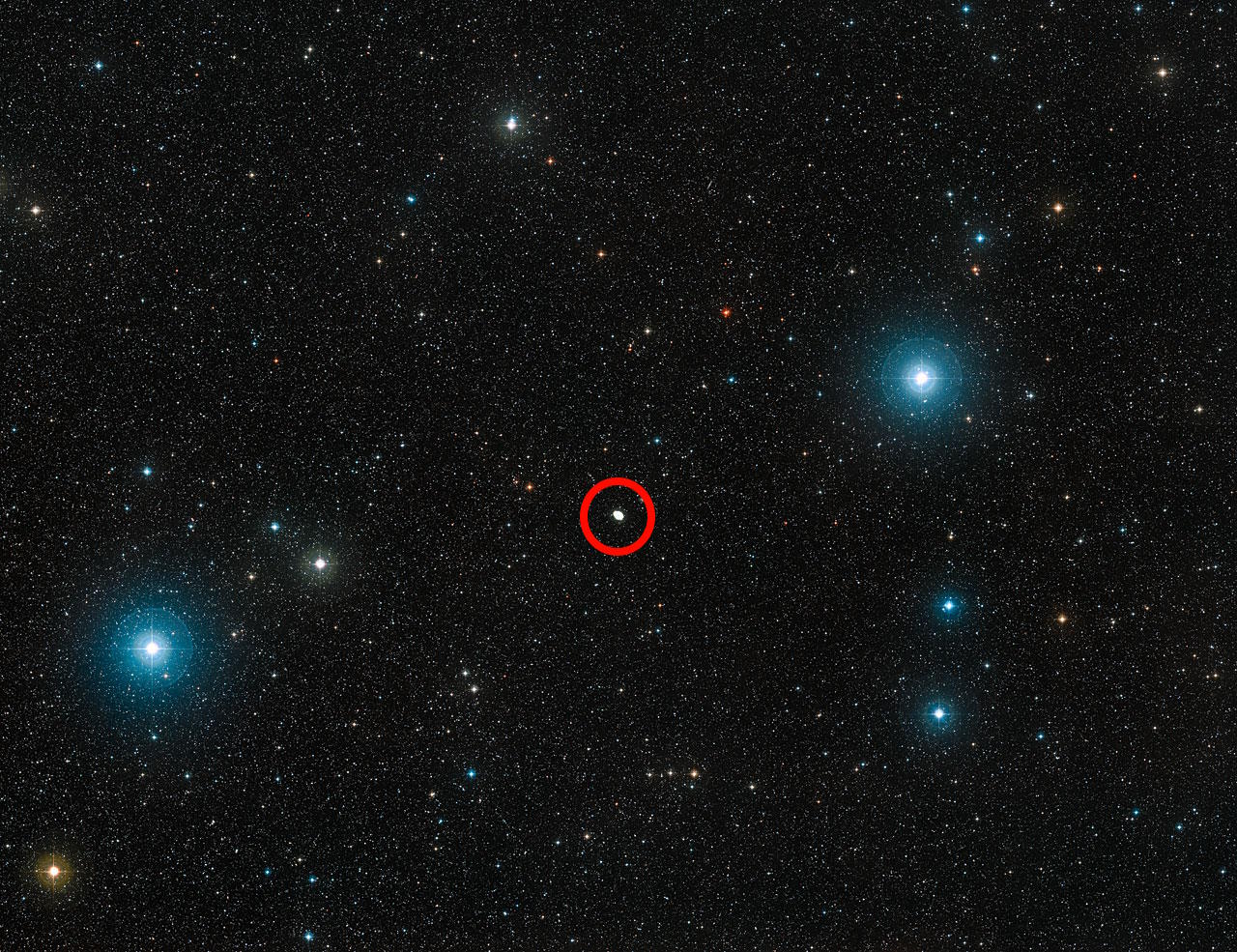
The Ring Nebula can be found just inside the Summer Triangle in the constellation Lyra: just south of the bright star Vega. Between the second and third brightest stars in the constellation Lyra is the imaginary line that connects the two blue giant stars Chilliac and Solavat, and contains the Ring Nebula, circled in red, which can be seen even with ready-to-use binoculars.
It was discovered in 1779, and it resembles its circular shape Only part of the story.
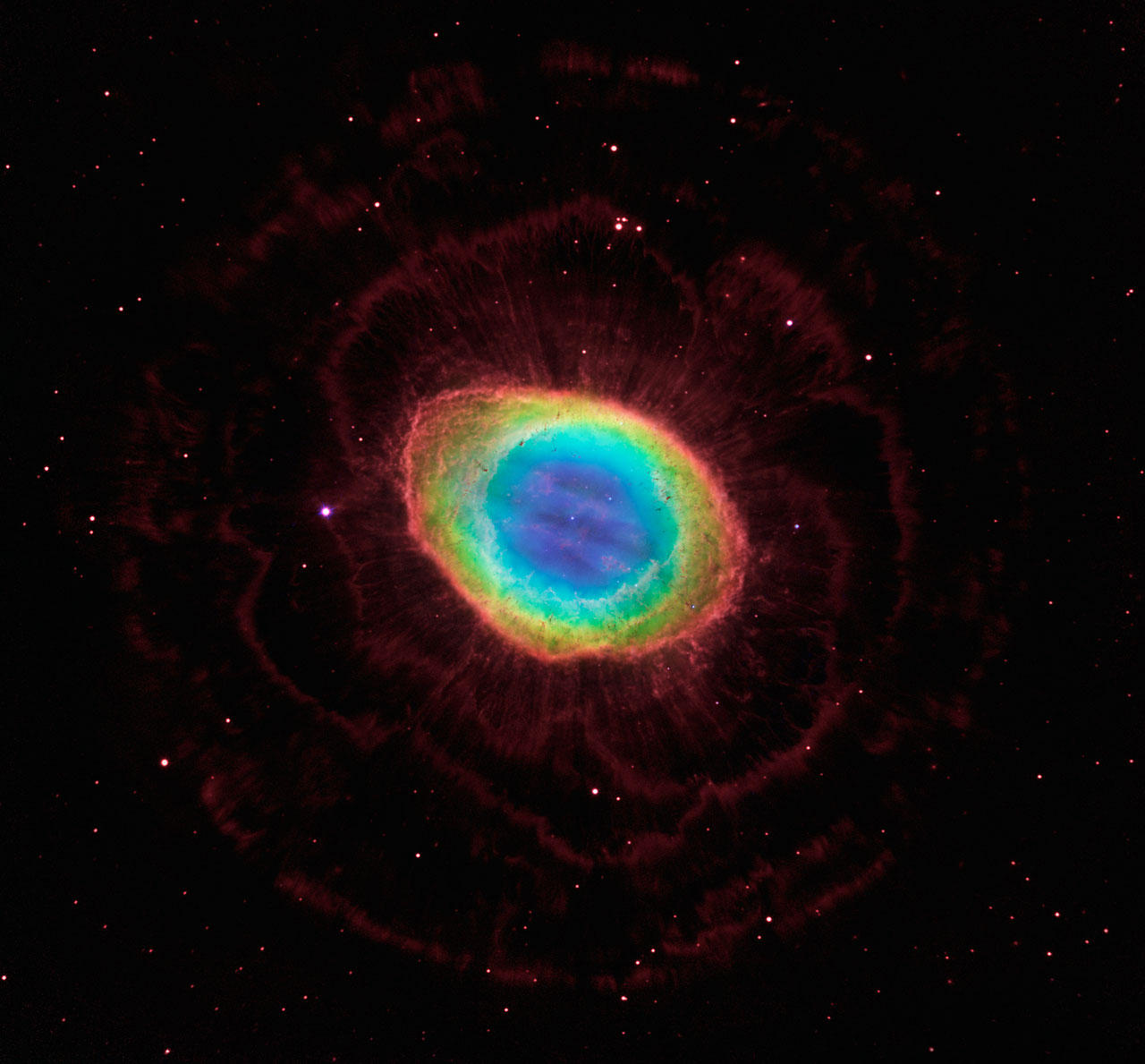
Outside the main features visible in the Ring Nebula, thin outer clumps of gas, mostly hydrogen, have been detected by the Large Telescope at Mount Graham International Observatory. By combining data from multiple observatories, composite images can be created that reveal unprecedented features.
An enormous group of Diffuse shells rich in hydrogen surround it.
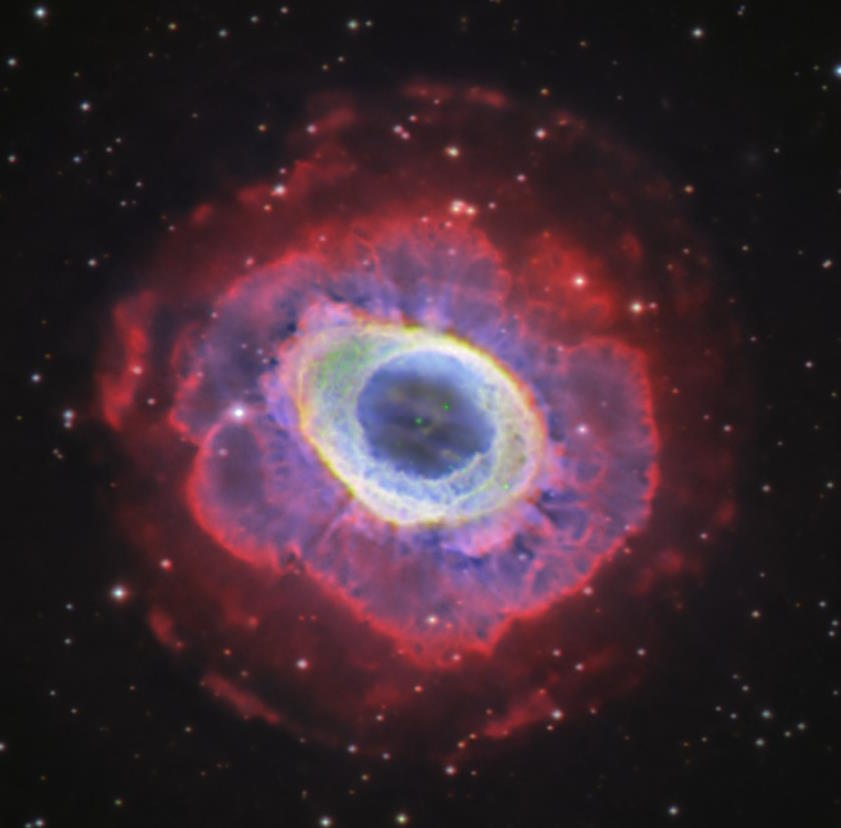
The red outer envelopes are signs of the presence of ionized hydrogen gas, which is huge and complex outside the ring itself. Sulfur and oxygen ions, which are ejected from the star and projected into the ring region, are seen in the other colors shown here. Spectral imaging, in which particular emission lines appear from a particular element, is fundamental to extracting these features.
Two lobes of low-density gas It extends in both directions along our line of sight.
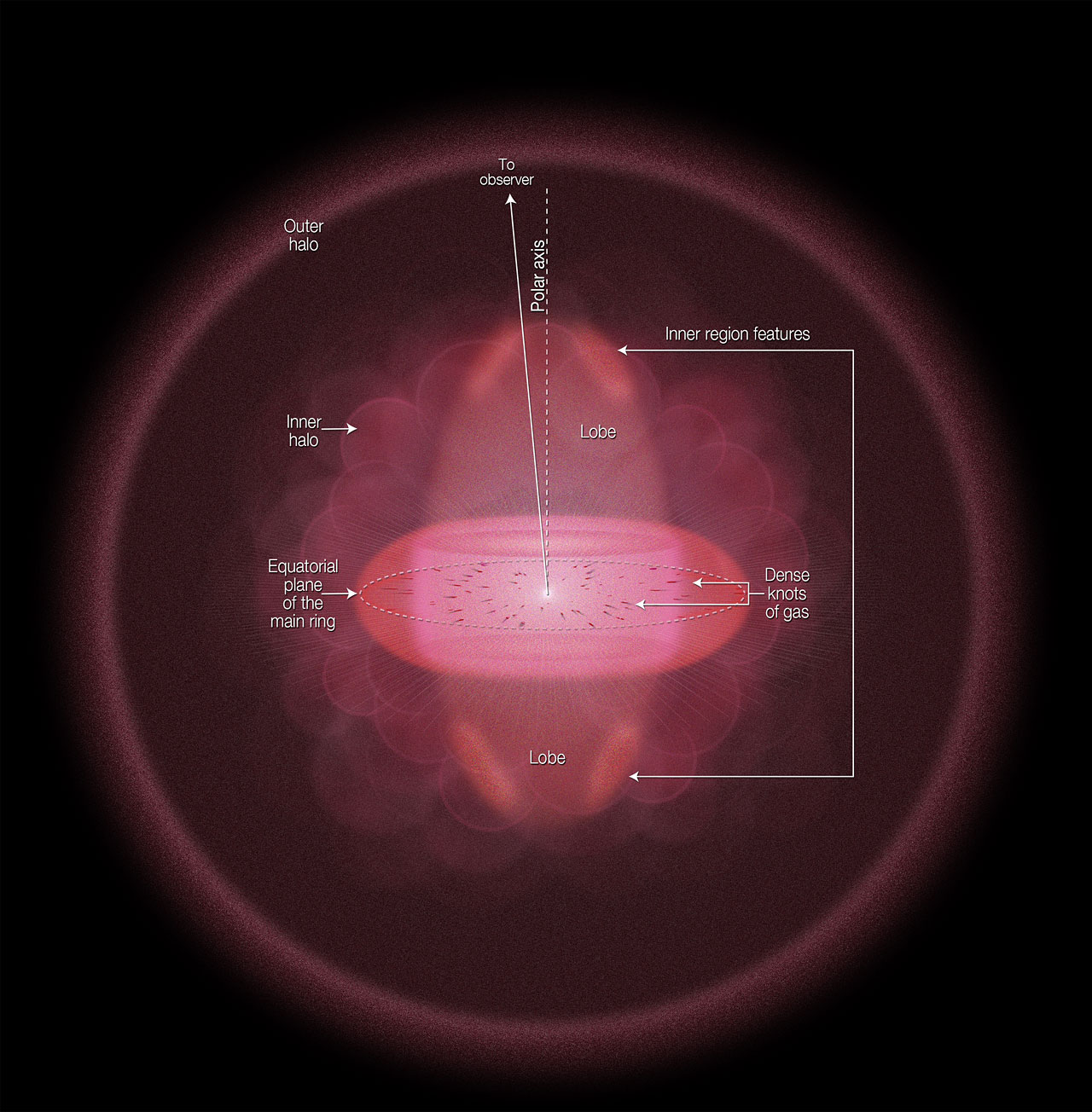
This diagram shows the geometry and structure of the Ring Nebula (Messier 57) as it might appear from the side, rather than along our line of sight. This large halo shows the nebula, the inner region, lobes of low-density material extending toward and away from us, and the prominent, glowing disk.
The “loop” feature appears very prominently because We are oriented along the poles of the nebula.
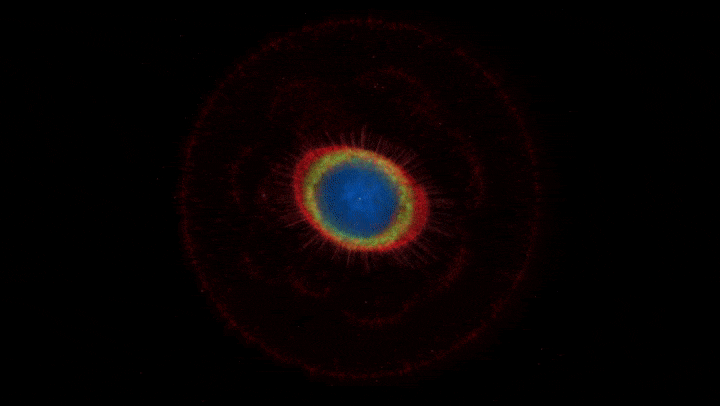
This view shows a 3D model of the Ring Nebula, as well as its inner and outer structure, as we would experience if it were rotated a full 360 degrees around the main ring structure. Perpendicular lobes, spicule-rich emission emerging from dense nodes, and outer halos are all visible.
But JWST’s eyes are infrared Reveal features superior to any other view.

This three-panel animation fades between visible-light (Hubble) views, near-infrared (JWST NIRCam) views, and even cooler mid-infrared (JWST MIRI) views. This planetary nebula is one of the most well-studied in history, yet the James Webb Space Telescope can still reveal features never seen before.
Its high-resolution cameras reveal the nearly 20,000 dense knots of gas inside.
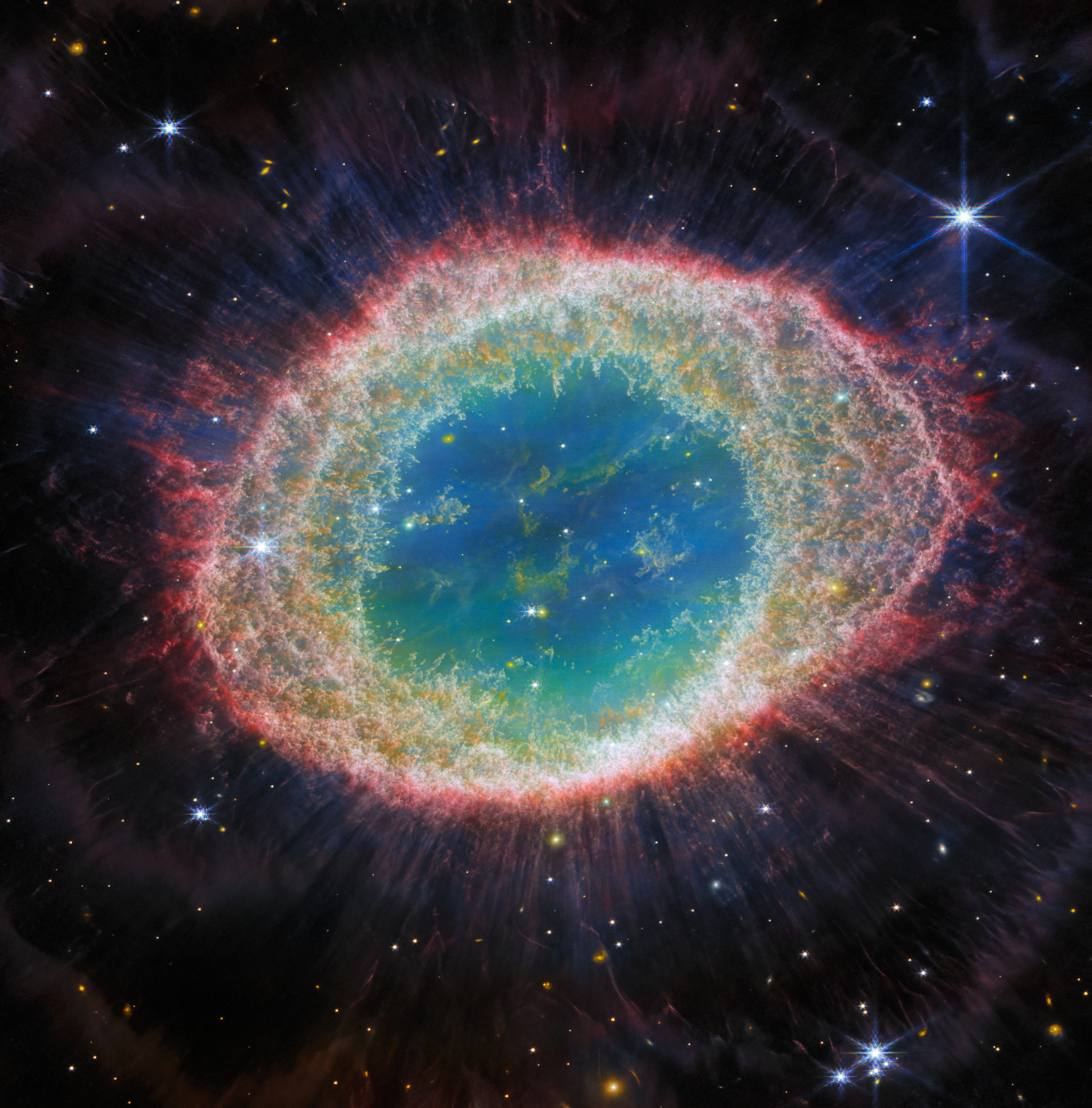
A JWST near-infrared view (using NIRCam) of the Ring Nebula shows tendril-like filaments emerging from the main ring, a thin series of concentric shells outside the main ring, and smooth, complex globules in the inner part of the main ring: approximately 20,000 of them. The nebula is so rich in hydrogen that carbon molecules appear in a thin ring.
internal threads View intricate details As the radiation gradually boils it.

The JWST MIRI image of the Ring Nebula shows diffuse, low-density gas within the nebula, extended filaments emerging from the main ring, and concentric ring features likely sculpted by a binary companion to the nebula. The Ring Nebula is probably about the same distance from our Sun as the Kuiper Belt in our solar system.
approximately 10 concentric arcs, rich in hydrocarbons, It surrounds the main “ring” feature.
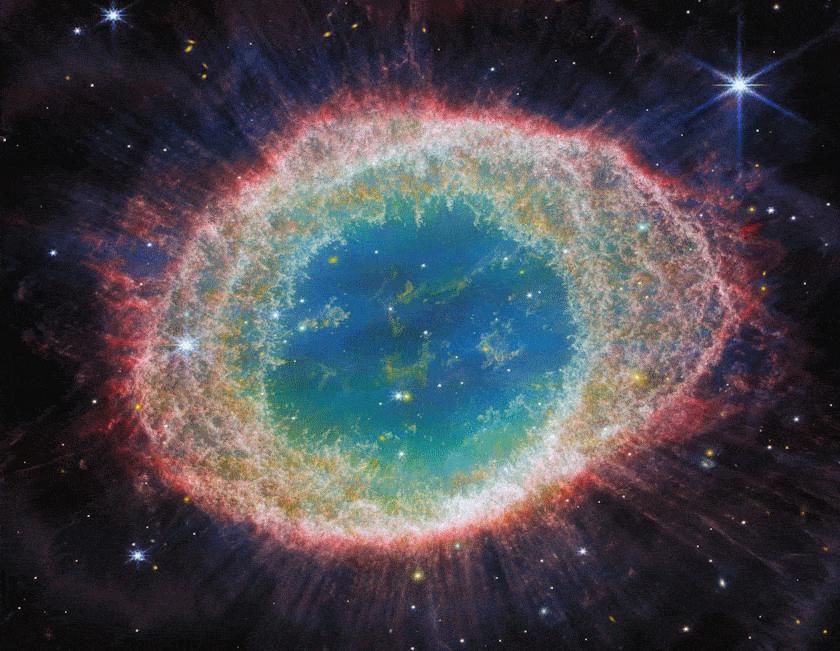
This animated rendering that switches between NIRCam renderings of JWST and MIRI renderings of JWST reveals the difference in structure and detail that different wavelengths of light can reveal. The nebula appears larger in mid-infrared light because the cooler outer components radiate at wavelengths that are not visible at shorter wavelengths, but emit detectable signals at longer wavelengths.
warm inside, Low density material It fills the inner spherical region.

This animation fades between JWST’s NIRCam (infrared) views and Hubble’s optical views. The James Webb Space Telescope reveals more stars, background galaxies and gaseous features inside and outside the nebula than Hubble views. The power of JWST’s improved resolution and deeper infrared wavelength coverage are fully demonstrated in this animation.
In general, the James Webb Space Telescope detects the Ring Nebula more accurately More than ever.
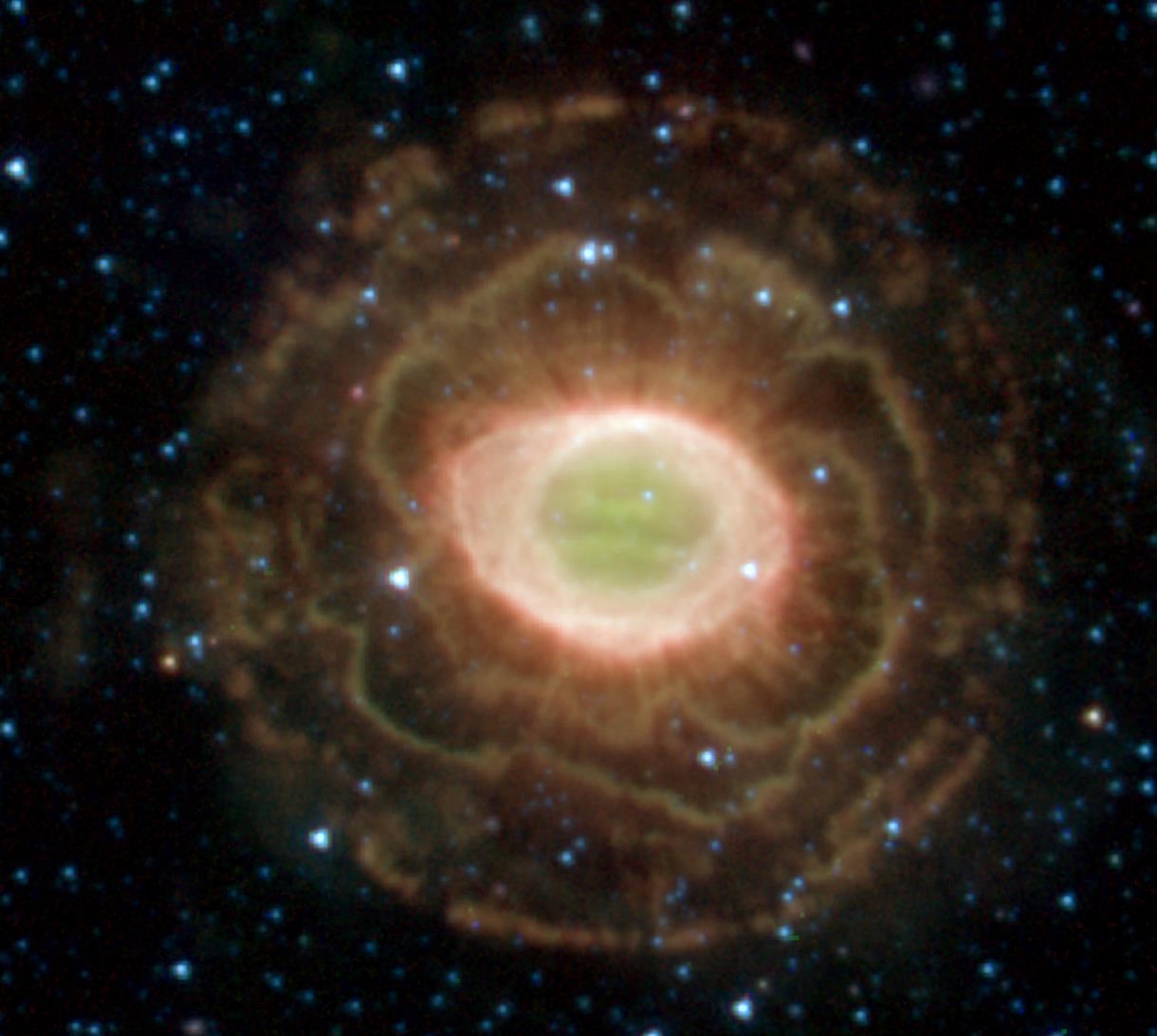
In 2005, NASA’s Spitzer Telescope, the infrared space telescope that paved the way for JWST, imaged the Ring Nebula and discovered this inner and outer group of structures around it. In comparison with the views of the James Webb Space Telescope, it is easy to see the improvements that have occurred from the previous generation to the current generation of infrared space telescopes.
Mostly Mute Monday tells an astronomical story with pictures and visuals and no more than 200 words.
Source link


